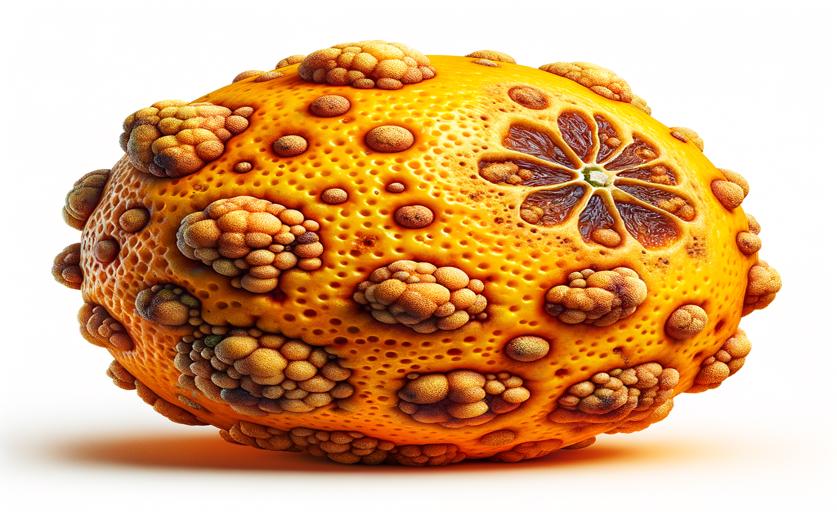
How a Citrus Gene Causes Canker Disease
Greg Howard
13th August, 2024

Image Source: Natural Science News, 2024
Key Findings
- Researchers from Fujian Agriculture and Forestry University found that the bacterium causing citrus canker uses a protein called PthA4 to regulate plant genes
- PthA4 activates a gene called CsLOB1, which makes citrus plants more susceptible to infection
- CsLOB1 then activates another gene, Cs9g12620, which is crucial for the development of canker symptoms
References
Main Study
1) Xanthomonas citri subsp. citri type III effector PthA4 directs the dynamical expression of a putative citrus carbohydrate-binding protein gene for canker formation.
Published 13th August, 2024
https://doi.org/10.7554/eLife.91684
Related Studies
2) TAL effector-DNA specificity.
3) Structural basis for sequence-specific recognition of DNA by TAL effectors.



 12th August, 2024 | Jenn Hoskins
12th August, 2024 | Jenn Hoskins